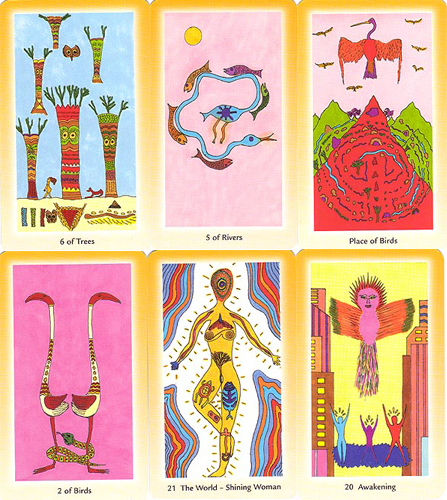
Bet you didn’t know… what the Talmud says about Gender Ambiguity
Whatever tendencies we might have to think that “gender studies” is a concept new to the world after feminism, the rabbis of the Talmud have been deeply fascinated by the exceptions and margins of gender for well over 1500 years.
The rabbis who created Jewish law lived in a male dominated society, so it is unsurprising that rabbinic law treats the male as the norm and the female, by definition, as an anomaly—a deviation from the norm. Still, the sages do perceive women as human beings, creatures similar to men in important ways. Women are both ‘like’ and ‘not like’ men.
This leaves the rabbis in a quandary when they stumble across individuals whose gender categories are even more unclear than those of women. Women, at least, have a role that is obvious to the sages—they are exempt from certain commandments, while Jewish men are obligated to all commandments under most circumstances. So, what is to be done with those who do not fit neatly into one of these categories?
It is not perfectly clear how many genders the rabbis recognized: perhaps as few as two (male, not-male), or perhaps as many as seven. In Tractate Yevamot (Yevamot 79b) the Babylonian Talmud discusses the following gender categories;
• Androgynos: a person who has aspects of both male and female genitalia
• Tumtum: a person whose genitals are obscured, making their gender uncertain
• Aylonit: a female who fails to produce signs of female maturity by the age of twenty.
• Saris: the general term for a male who does not produce signs of maturity by the age of twenty (there is some debate about whether he needs to fail to produce all signs, or only some of them to be considered a saris). The category of saris can be further broken down into two: a saris khama is a male who is sterile because he was born that way, and a saris adam is a male who is sterile because he was castrated.

Rachel Pollack’s Jewish Tarot “vision cards”
Note that the rabbis define a person’s gender strictly according to external physical attributes, not behavior; that is, they do not have the modern notion that a person might have male genitalia and still identify as a woman.
The discussion in Tractate Yevamot is typical of the talmudic process, attempting to clarify which people must observe which aspects of Jewish law. Generally, tumtumim are treated like women (exempt from many commandments), and androgynoi are somewhat in between the legal categories of men and women. For example, tumtumim and women cannot fulfill the obligation to blow the shofar for themselves or for others; androgynoi can fulfill their obligation for themselves, but not for others. A man, however, can blow the shofar for himself and for others. In this way, the Rabbis of the Talmud managed to include inter sex Jews into their system of Jewish law and ritual participation.
Alana Suskin is a fourth year rabbinical student at the University of Judaism in Los Angeles.

